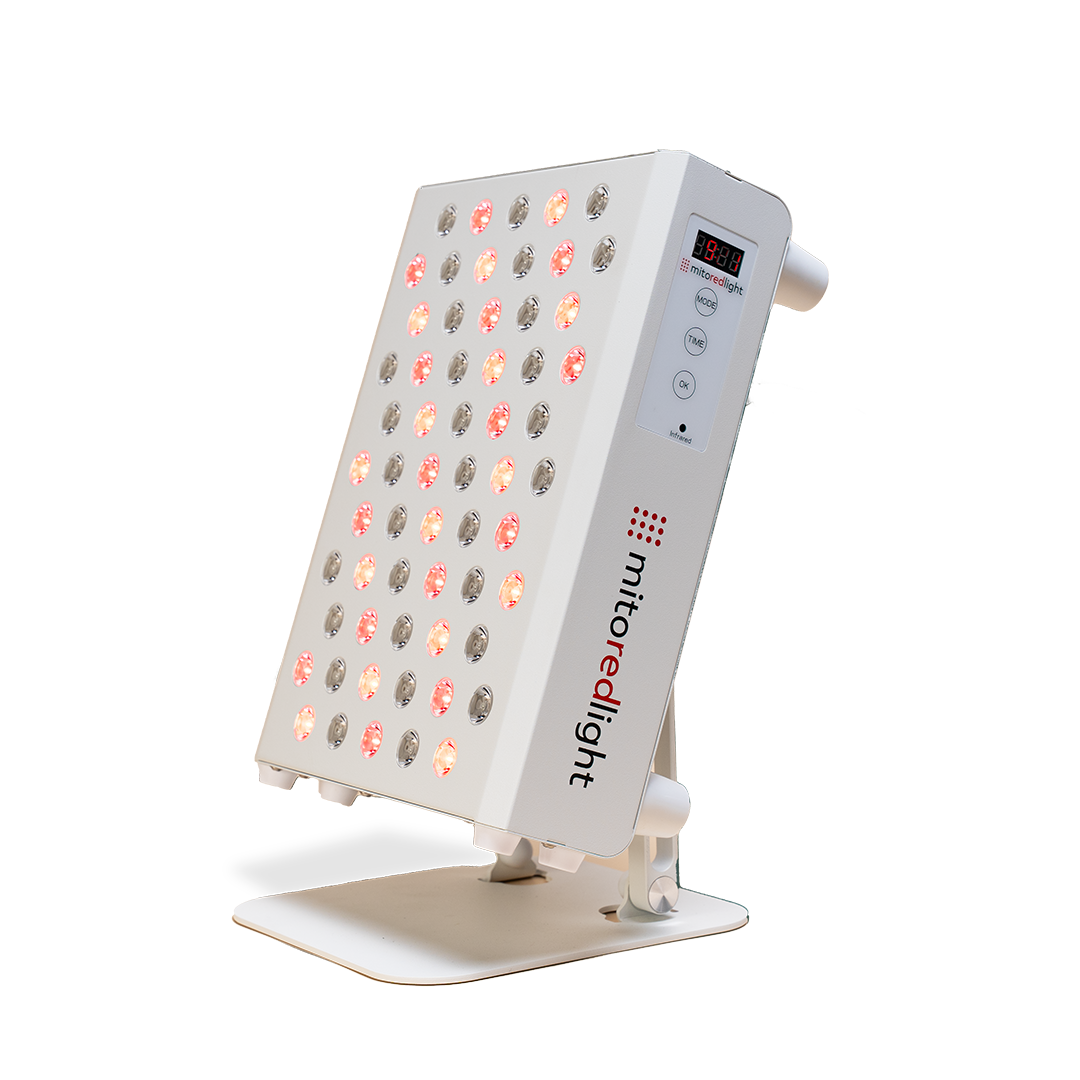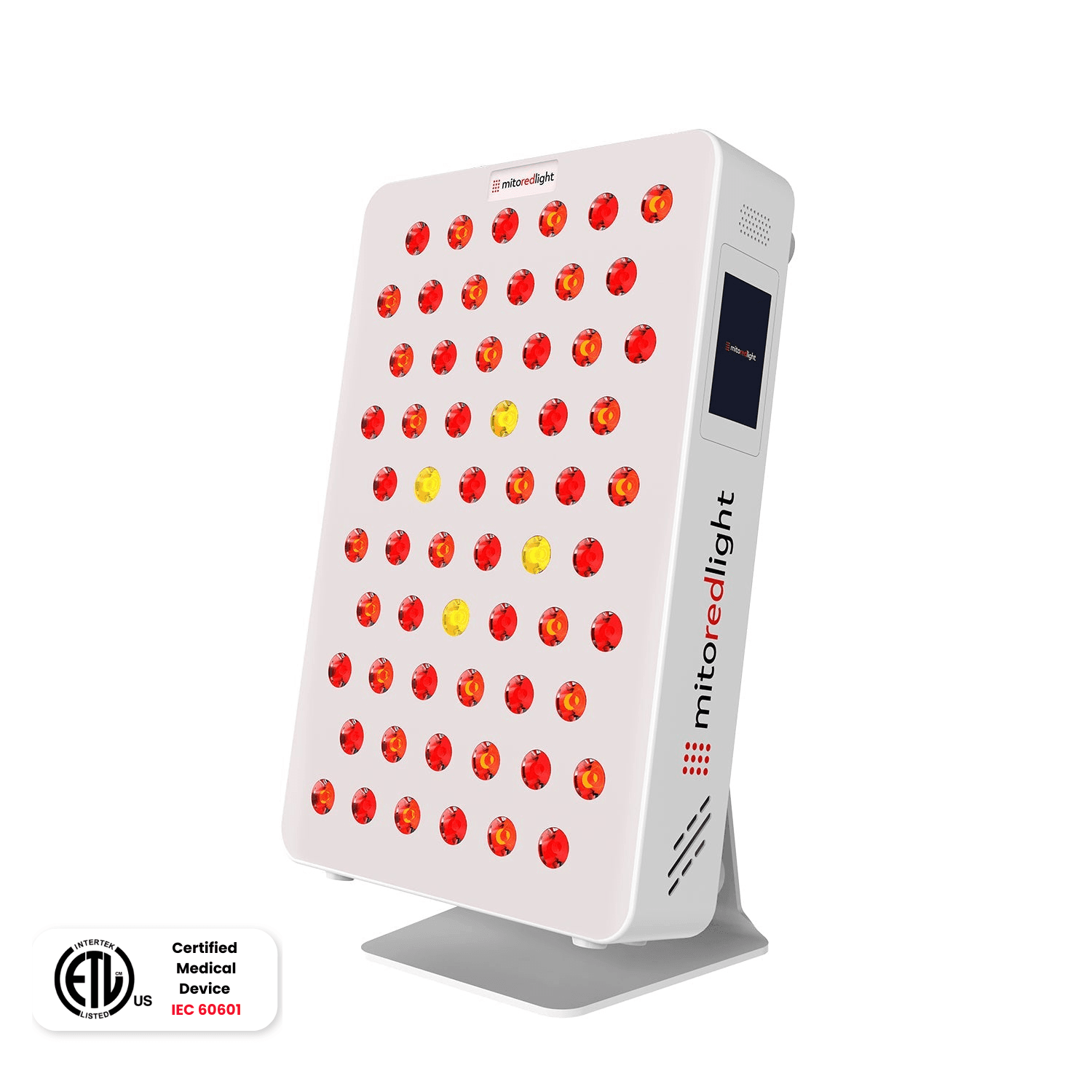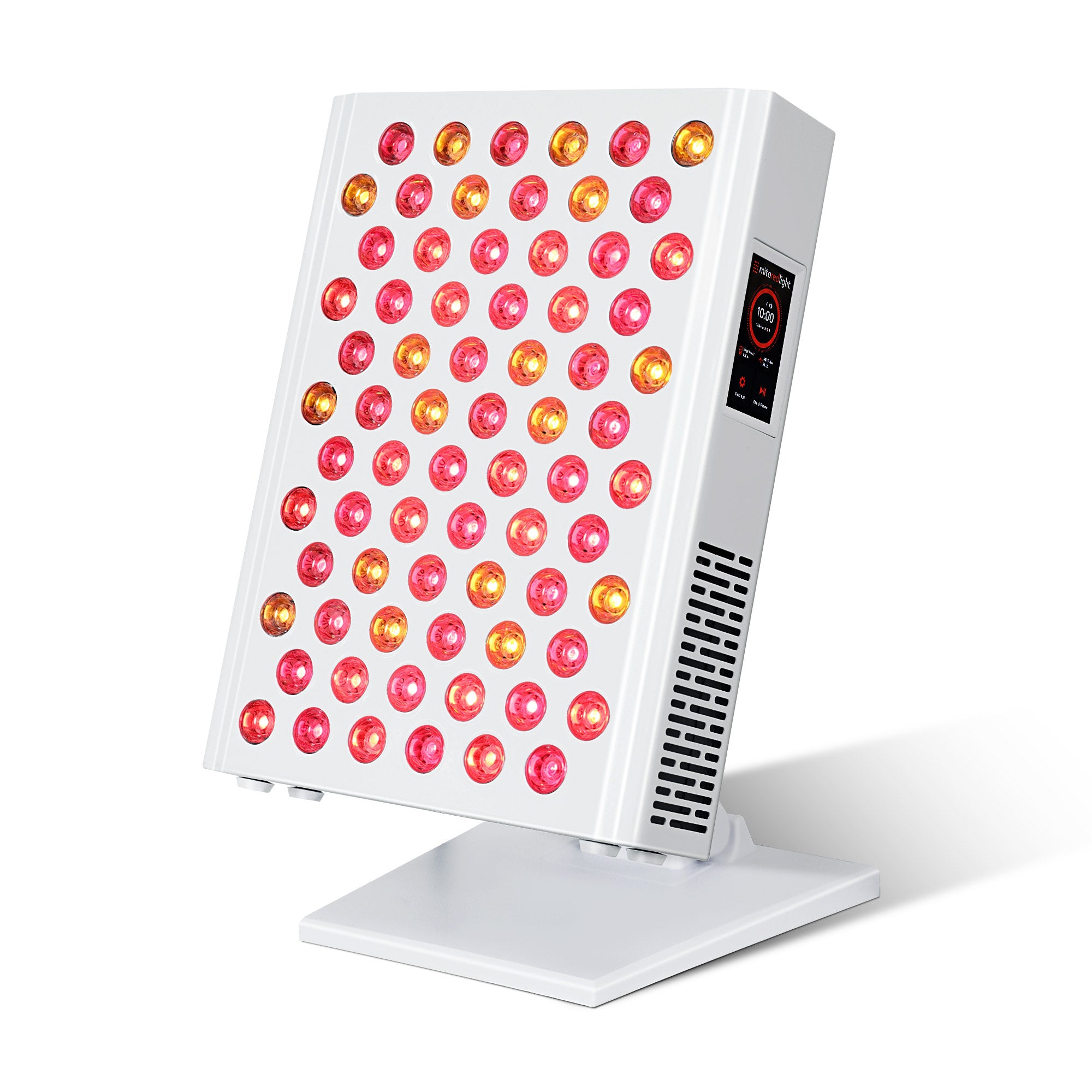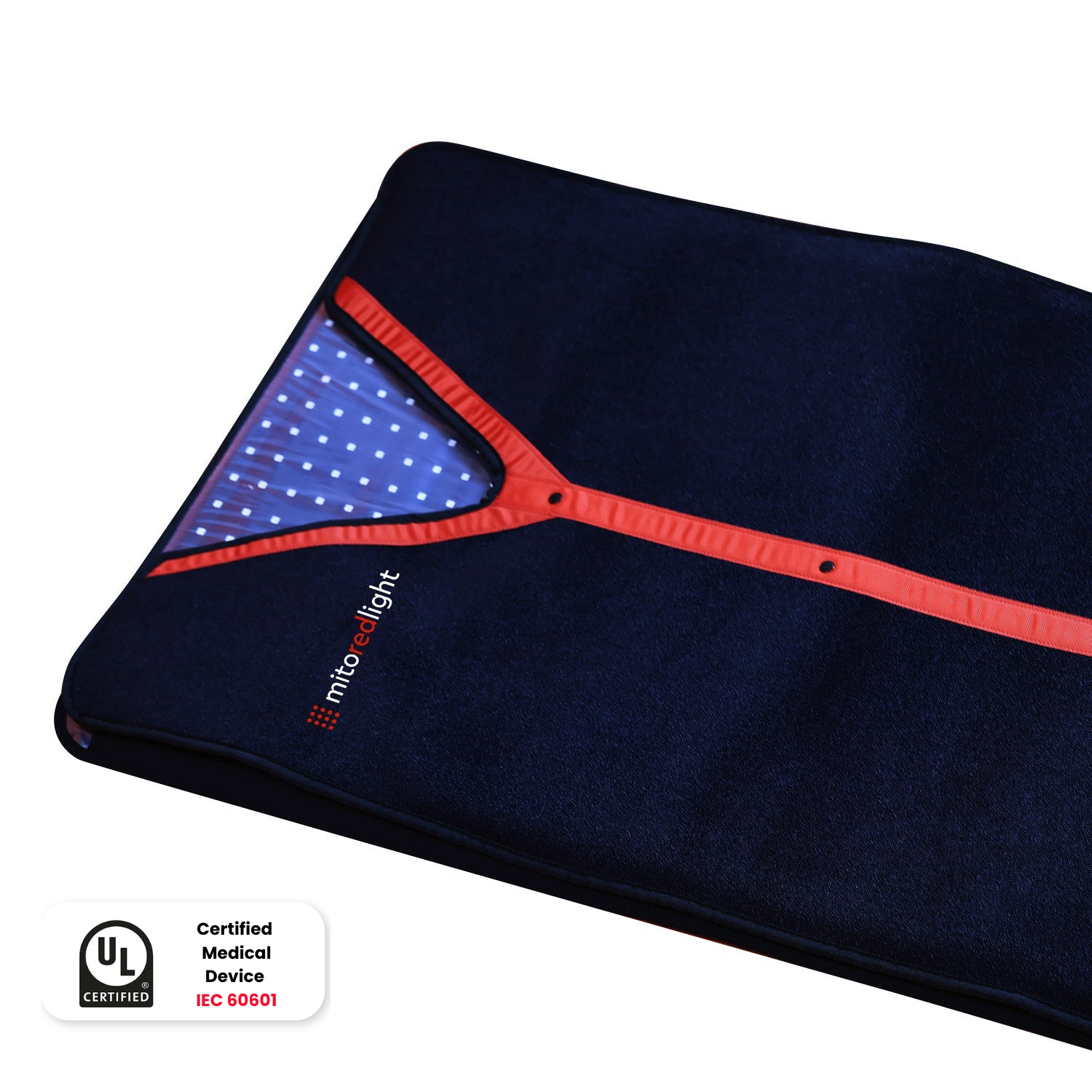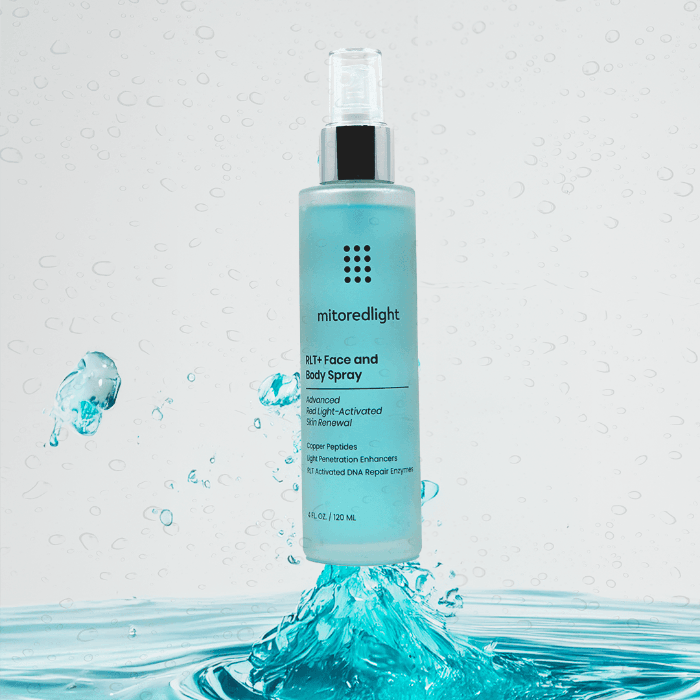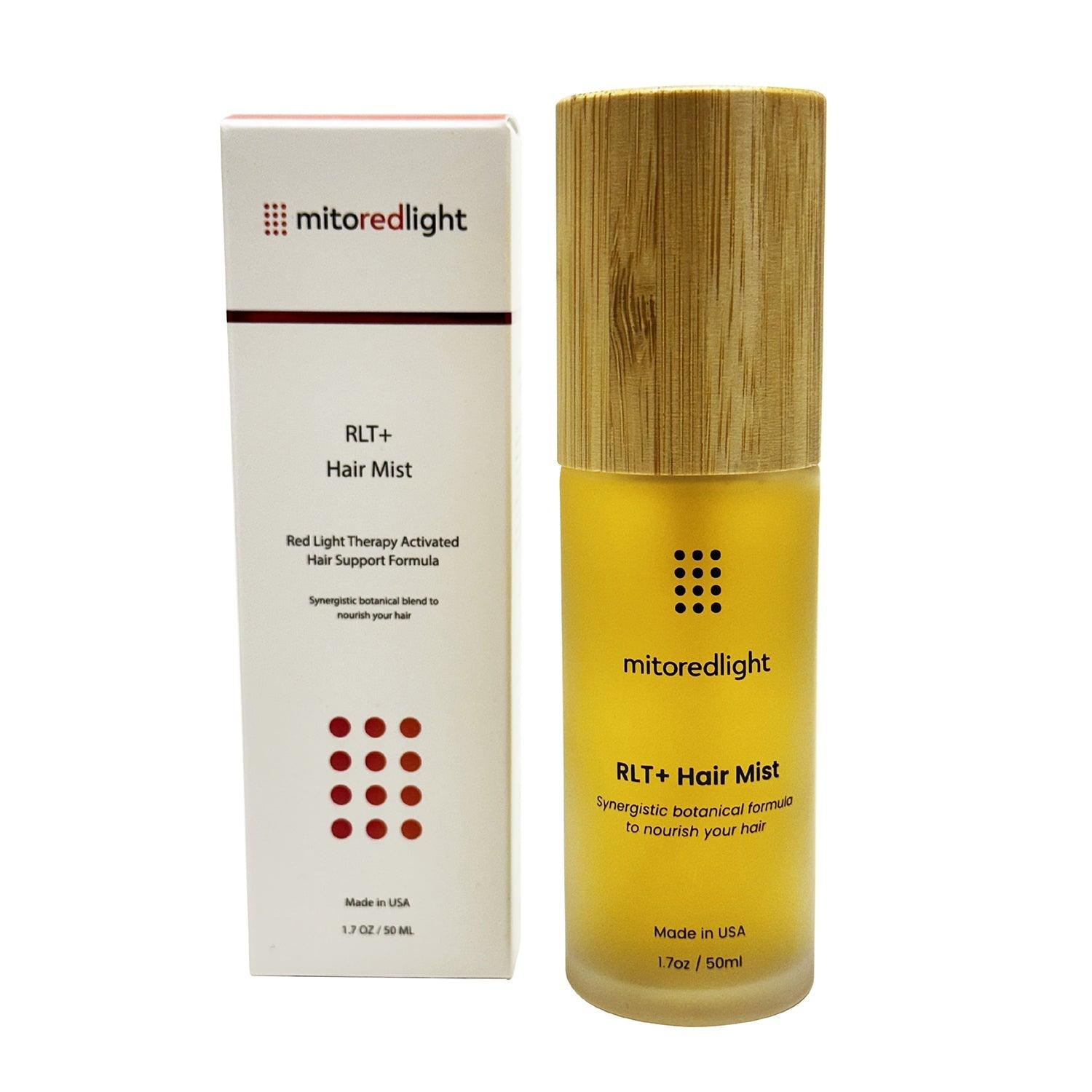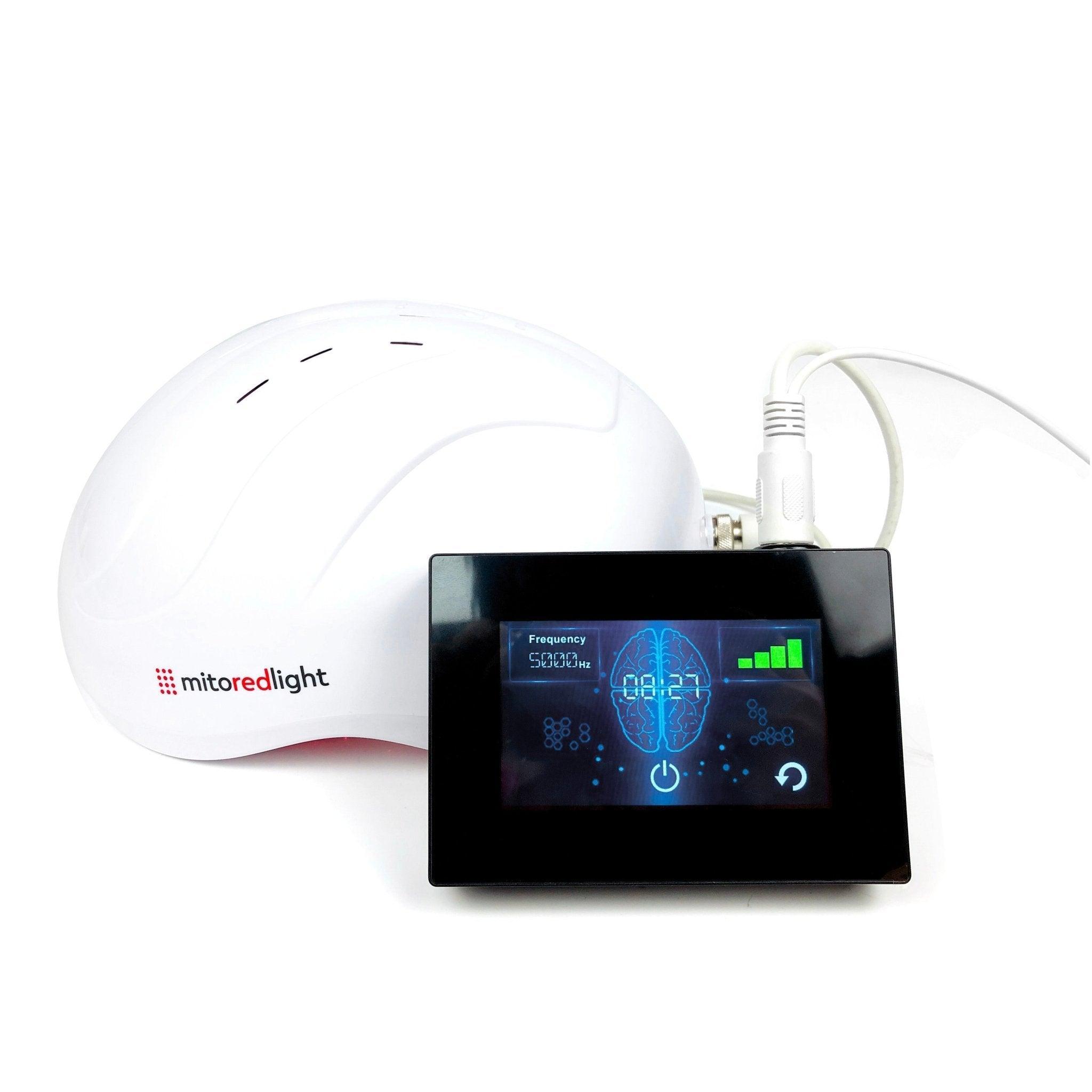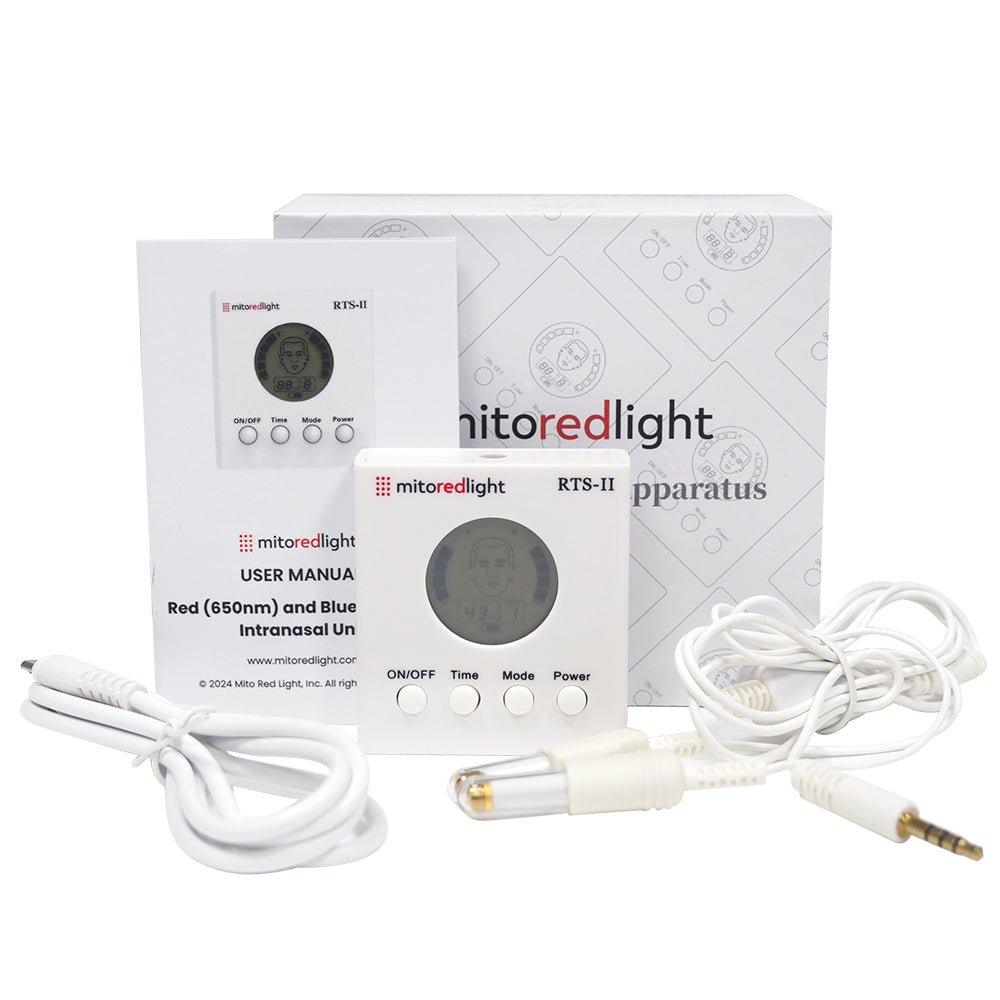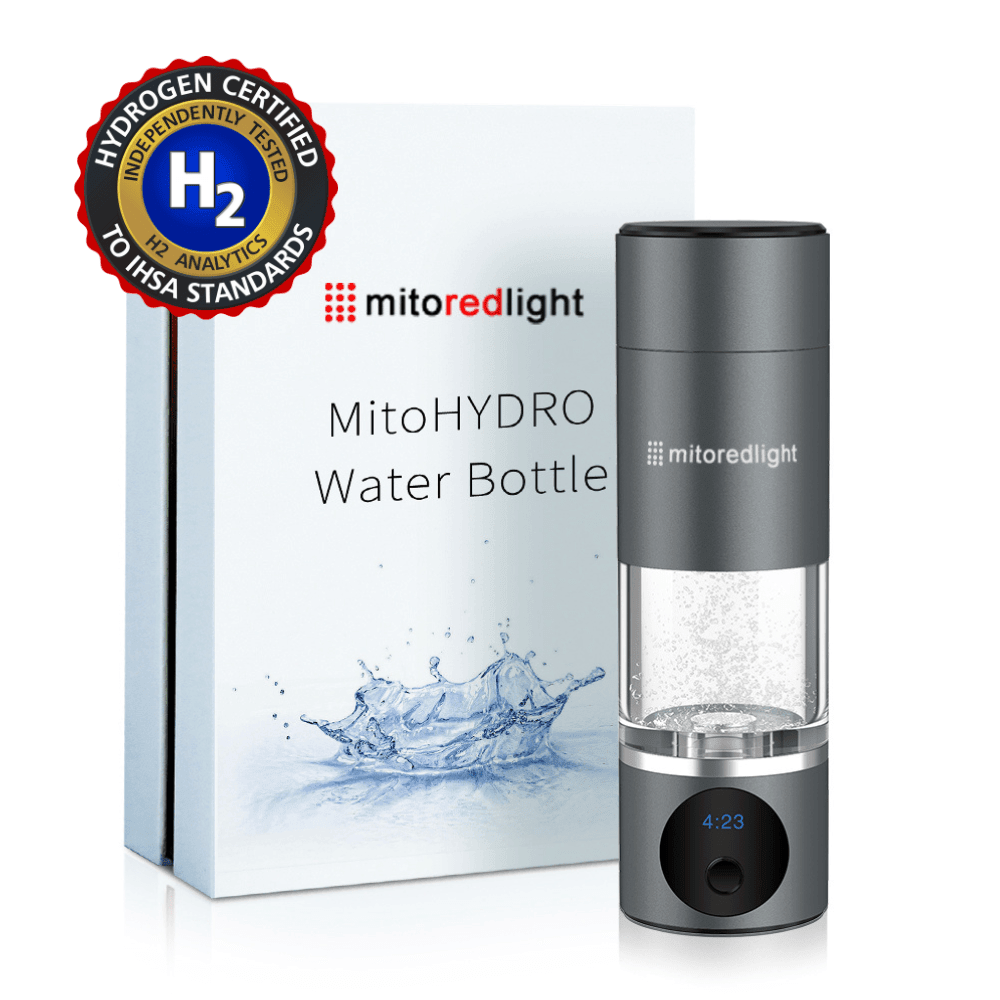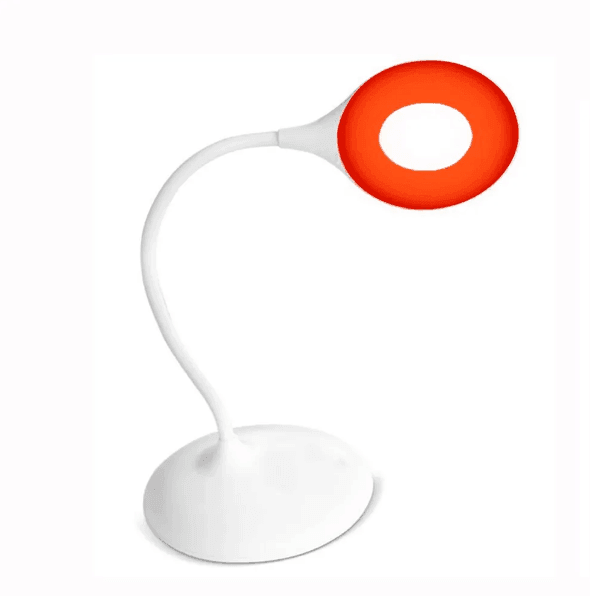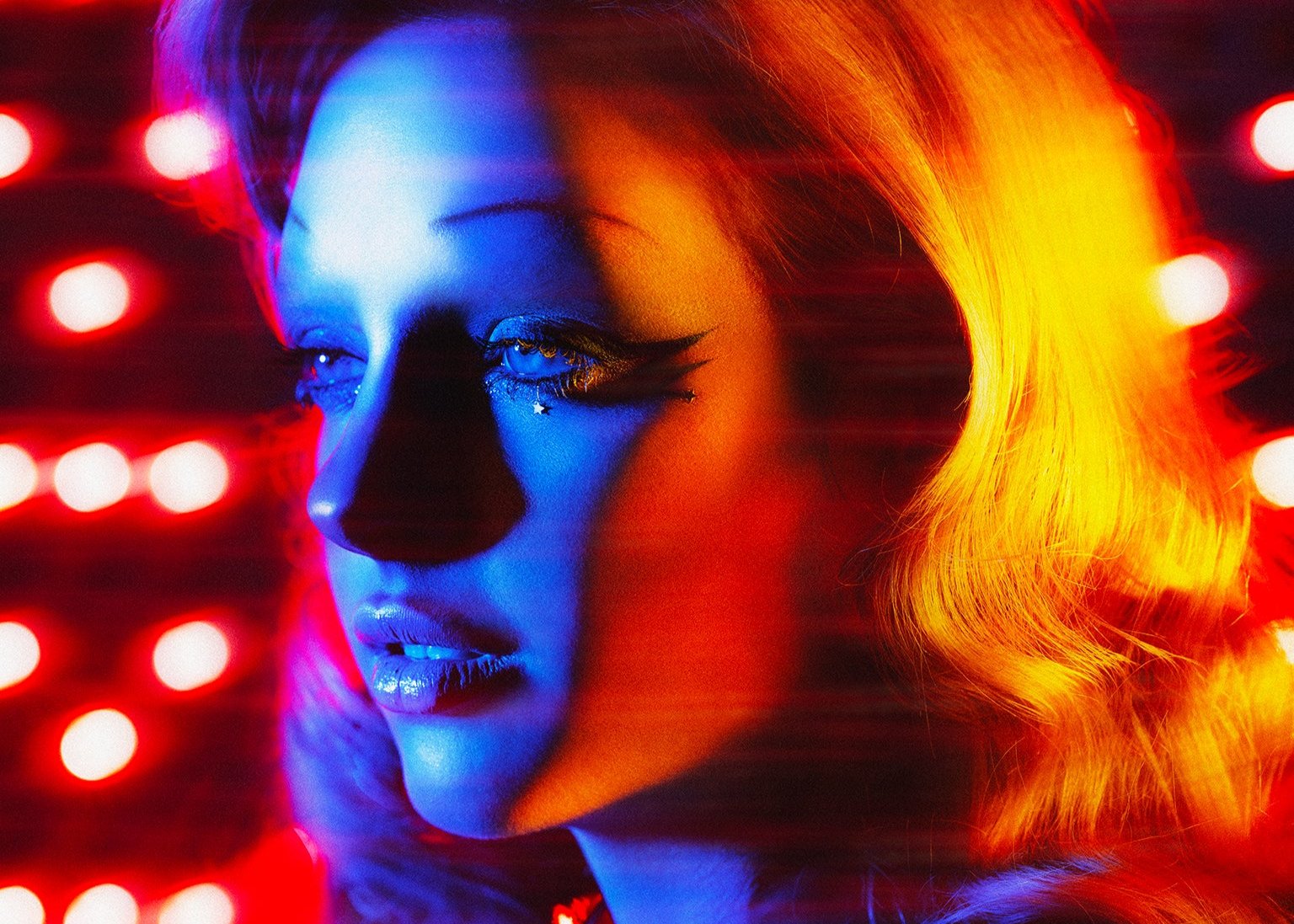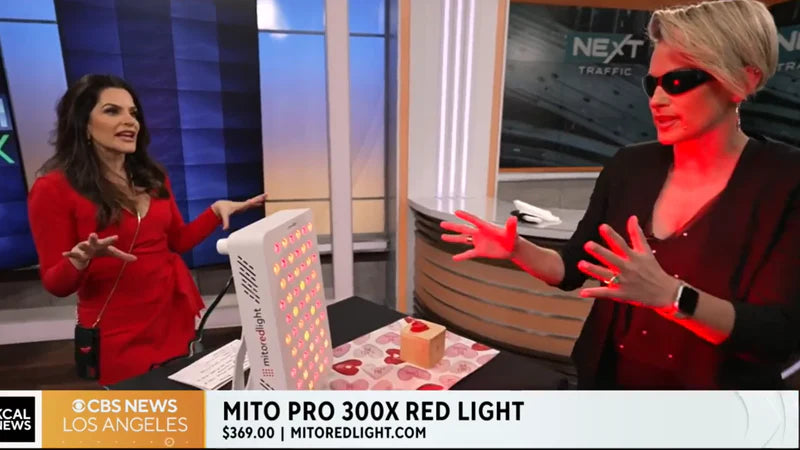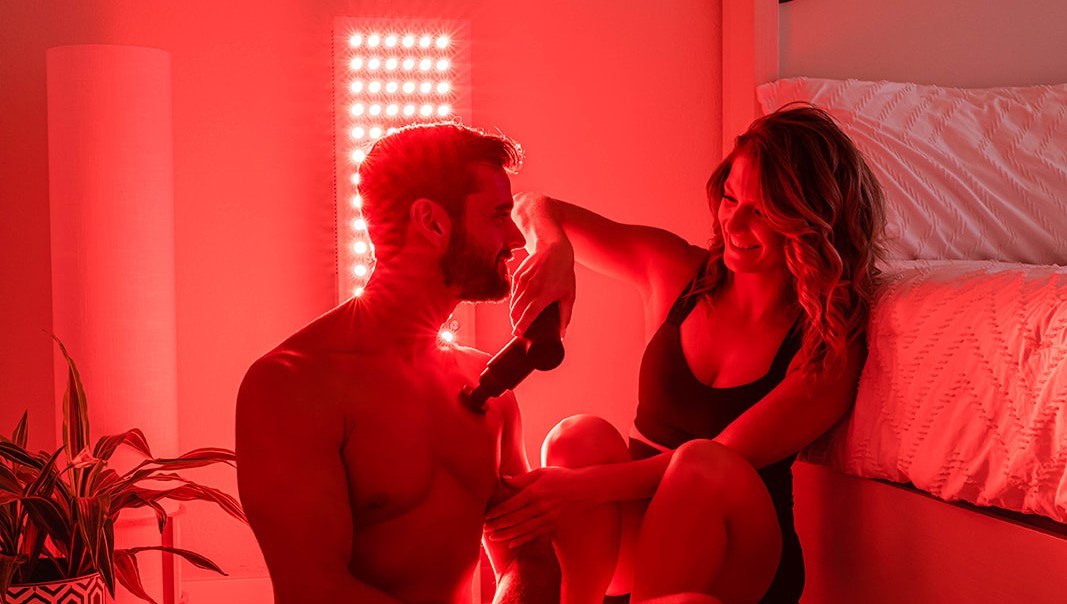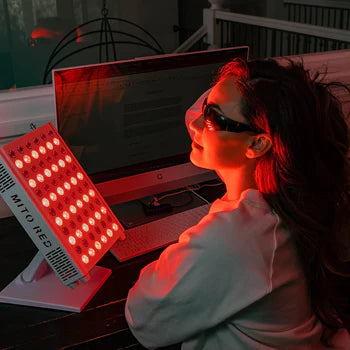DISCLAIMER: Mito Red Light devices are not clinically proven to diagnose, treat, cure, or prevent any medical conditions. Mito Red Light devices are low / risk general wellness devices aimed at affecting the body through supporting cellular function. The scientific studies referenced in this article are for educational and informational purposes only and are meant to educate the reader on the exciting and growing field of phototherapy. To see a list of precautionary warnings and contraindications, click here
Summary:
While seemingly modern, blue light therapy's concept has historical roots in ancient civilizations' sun worship. Modern phototherapy emerged with Esquirol's use of natural light in asylums and sunlight's prescription for tuberculosis. Finsen's Nobel Prize-winning work with UV light and Rosenthal's research on Seasonal Affective Disorder (SAD), treated with bright lights including blue light, furthered its development. The invention of blue LEDs in the 1970s enabled targeted research, leading to blue light's dermatological applications. The FDA's 2002 approval of a blue light acne treatment paved the way for consumer-friendly devices like the MitoCLEAR® mask. Future innovations may focus on increasing light penetration, enhancing at-home device capabilities, optimizing combination therapies, and exploring new applications beyond skin conditions, potentially including brain and body interactions.
Key Takeaways:
- The concept of light therapy dates back centuries, evolving from sun worship to modern applications.
- Blue light therapy's modern form emerged from research on conditions like tuberculosis and Seasonal Affective Disorder (SAD).
- The invention of blue LEDs allowed for targeted treatment of skin conditions like acne, leading to FDA-approved devices.
- Consumer-friendly blue light therapy devices, such as masks, have become increasingly accessible.
- Future advancements aim to improve device effectiveness, explore combination therapies, and discover new applications for blue light beyond dermatology.
Blue light therapy might seem like a relatively modern method, and in terms of how it’s used today, it is fairly recent. But the basic concept of light therapy is rooted in centuries of history, dating back to early sun-worshipping civilizations.
Early Light Therapy Discoveries
The notion of phototherapy, which literally means “light therapy” (from the Greek “φώς” and “θεραπεία”), dates back to some of the earliest civilizations. They worshipped sun gods for giving them light and allowing their crops to grow, but they also believed that the sun possessed healing powers.
Temples were built in honor of the Egyptian sun god Ra and the Greek sun god Apollo, and the opening lines of the Hippocratic oath, written over 2,300 years ago, pledges an oath to “Apollo the healer”.
The idea took a bit of a backseat for a couple of millennia, but it was then revolutionized by Jean-Etienne Dominique Esquirol, a French psychiatrist whose work on mental health was instrumental in improving the state of asylums in 19th century France. He assisted in the building of various asylums and focused on providing as much natural light as possible, believing it could improve well-being and provide better care for all patients.
In later decades, sunlight was prescribed to patients with tuberculosis. It wouldn’t have done much to cure the disease, but in combination with fresh air and good food, which were also prescribed, it would have greatly improved quality of life and may have strengthened the body’s natural defenses.
Florence Nightingale was a big advocate for sunlight and fresh air therapy, and Faroese physician Niels Finsen took things a step further, using ultraviolet (UV) light to experimentally treat tuberculosis scarring, for which he received the Novel Prize for Medicine.
Over a century later, Norman E. Rosenthal, along with colleagues from the National Institute of Mental Health, noted that depressive symptoms were more common during the dark winter months, and this led to the classification of a condition now known as seasonal affective disorder (SAD).
Light therapy is one of the first courses of treatment for SAD, with sufferers typically given a lightbox that emits bright lights of various wavelengths, including a type of blue light.
The Birth of Modern Blue Light Therapy
We owe a lot of modern phototherapy to the work of the aforementioned Niels Finsen. He discovered that skin lesions known as lupus vulgaris could be eliminated using sunlight, and he eventually created an arc lamp that could concentrate that light on specific areas and reduce lesions after several days.
In the 1960s, the first red LED was invented, followed by a blue LED a decade later. This technology made it easier to investigate the interaction between specific wavelengths and their potential health benefits, a field known as biophotonics.
Over the following decades, light therapies were trialed on various skin conditions, and this eventually led to blue and red light therapy becoming commonplace in dermatology clinics around the world.
Evolution from Clinical to Consumer Technology
In 2002, the FDA approved the ClearLight Acne Photoclearing System for mild-to-moderate acne. The device was successfully tested on 30 participants who received twice-daily sessions for five weeks and noted a 64% reduction in inflammatory acne vulgaris, while another study found that it could significantly reduce acne lesions.
It was the first approval of its kind, but it paved the way for two decades of blue light technology that has now made these devices some of the most exciting and sought-after in the field of at-home skincare.
Recent Innovations
In the 20+ years since the ClearLight Acne Photoclearing System, devices have gotten smaller, cheaper, and more adaptable. There are various panels, handheld wands, and light masks that are well within budget for most consumers.
Our LED face mask, for instance, is a competitively-priced, high-quality consumer mask that offers both blue and red light settings. It conforms to the user’s face to provide full coverage and features three wavelengths and two distinct modes.
This is also the age of smart technology, so naturally, many of these devices work through smartphone apps. Safety and convenience are also paramount for modern blue light devices, which is why the aforementioned Mito Red mask comes with eye protectors and fast charging capabilities.
The Future of Blue Light Therapy
It may seem like blue light therapy has advanced as far as it can, but there are still many advancements waiting in the wings.
In the future, we may see new products/devices targeted at increasing the penetration level of blue light, thus making them more effective. At-home devices will also likely get stronger and better, all while holding their charge for longer, recharging faster, and providing more customized coverage.
Various studies have been conducted on the efficacy of combining blue light therapy with existing skin therapies, including red lights, skin creams, and salicylic acid. Many of these options are used in combination with blue light therapy, and the more we learn, the closer we will get to finding the most optimal combinations, wavelengths, and doses.
Last but not least, we could see blue light therapy being used for other conditions. Variations of this therapy are already used on everything from acne and scarring to depression and sleep disorders, and as we discover more about the way it interacts with the brain and body, we could unlock new applications.
Conclusion
It’s taken a long time to get where we are today, but after several millennia of fully acknowledging and utilizing the power of sunlight, consumers can now harness its power using blue light masks and lightboxes for everything from acne to SAD and more.
Unlike harmful UV rays, there are very few adverse effects, when used as directed, from using blue light therapy masks, with research finding no signs of photodamage or skin aging.
To learn more about how this technology works, read our other blogs and guides on the subject, including our beginner’s guide to using blue light therapy devices at home.
